Voigtlander Bessa f/7.7 folding camera
This is a look at a Voigtlander Bessa folding camera which was made in about 1930-34 and takes 8 large negatives on a roll of 120 format film.
Voigtlander Bessa Images
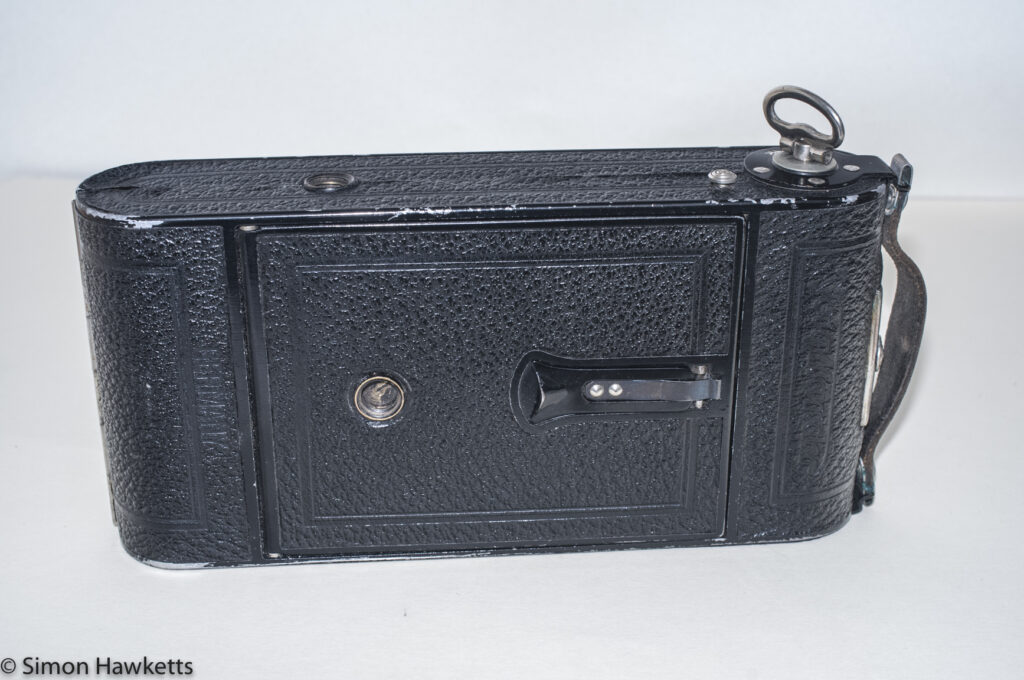
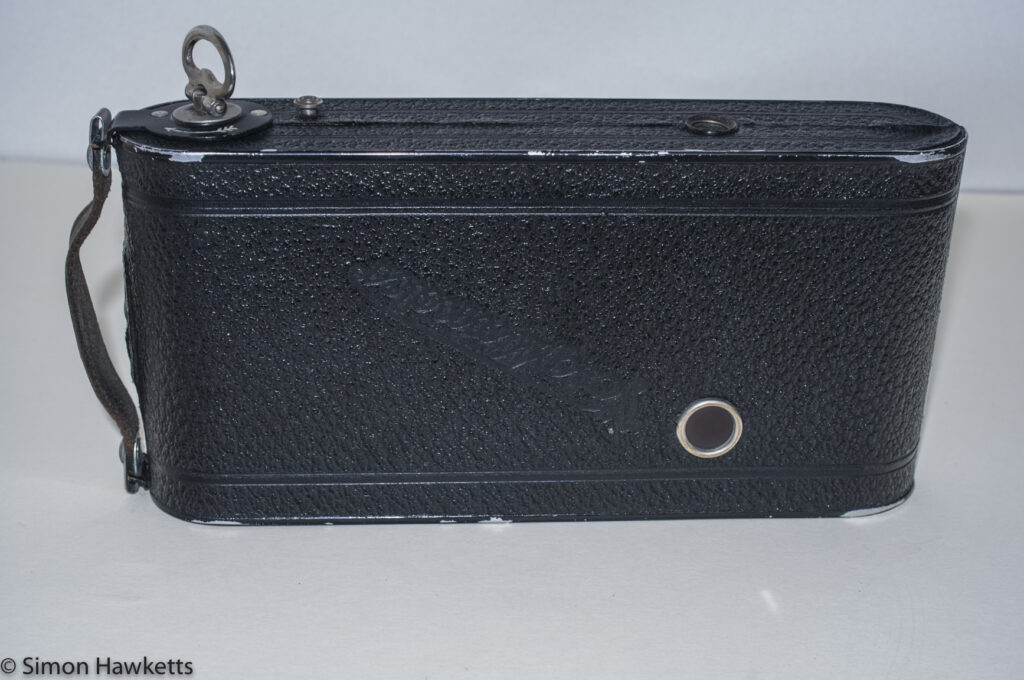
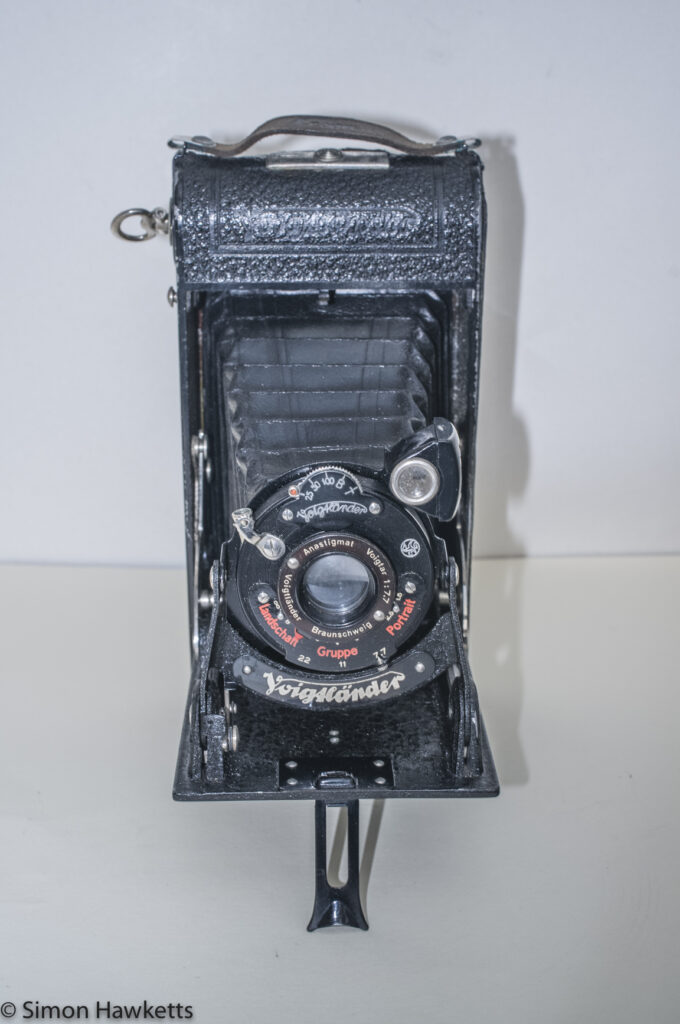
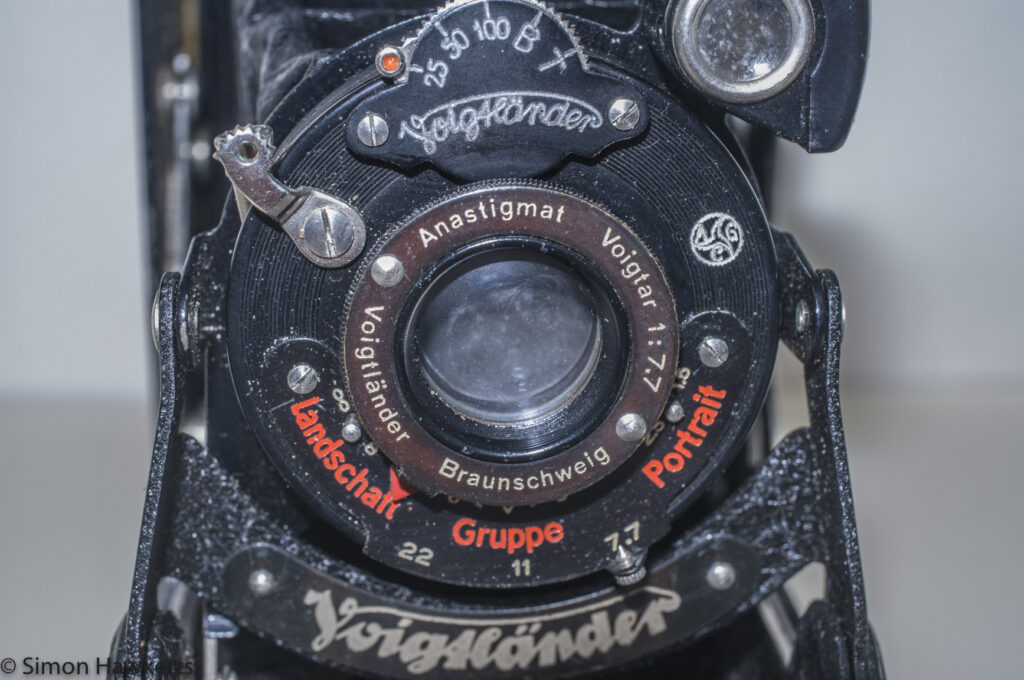
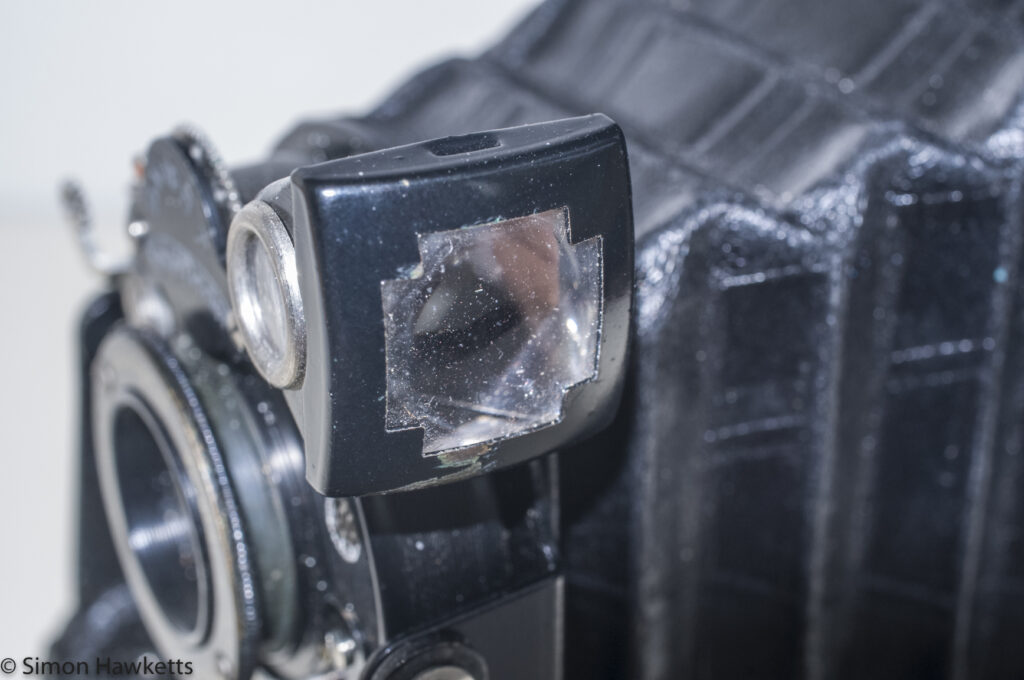

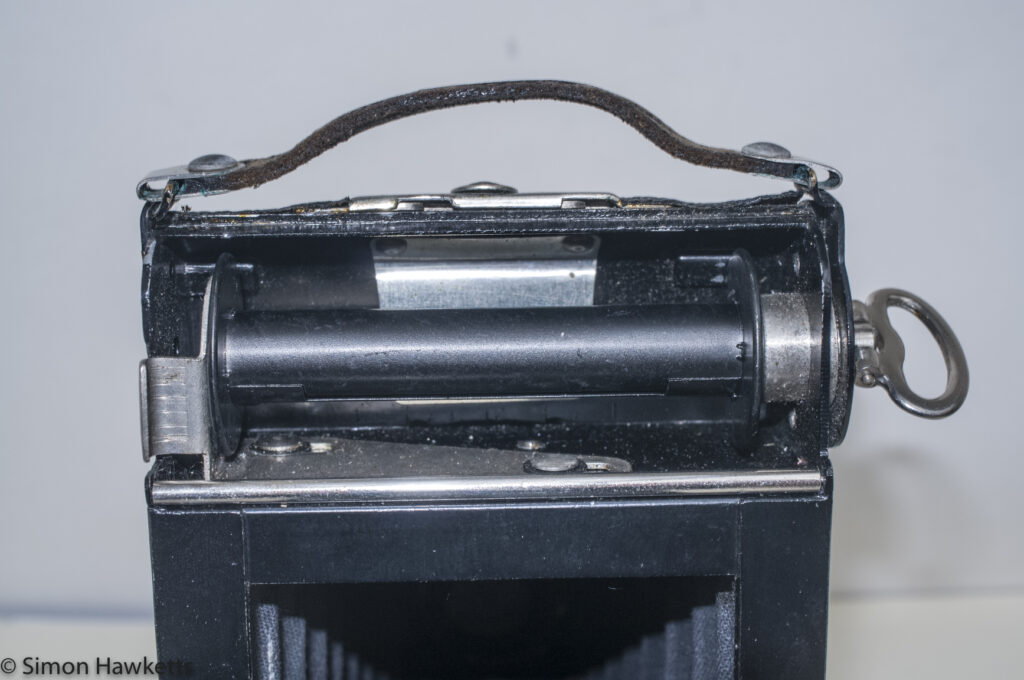
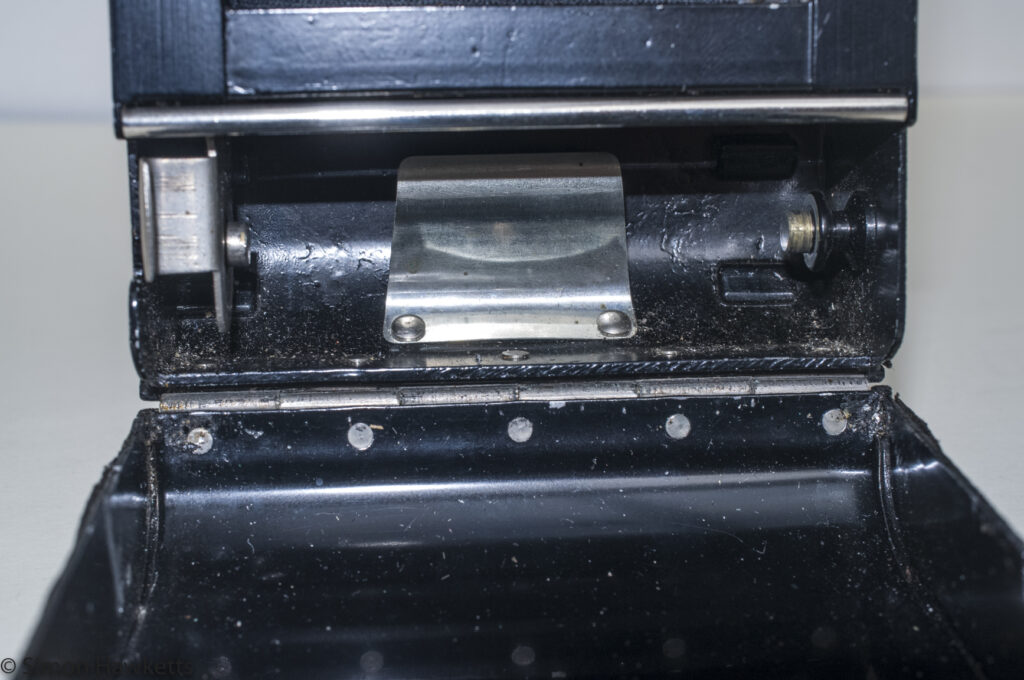
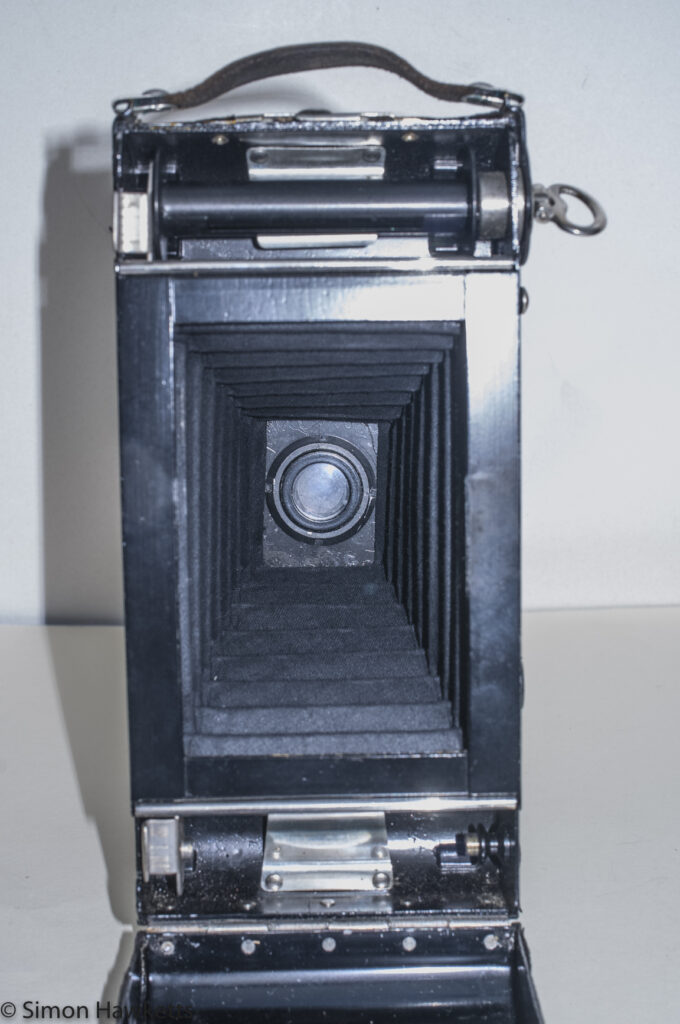
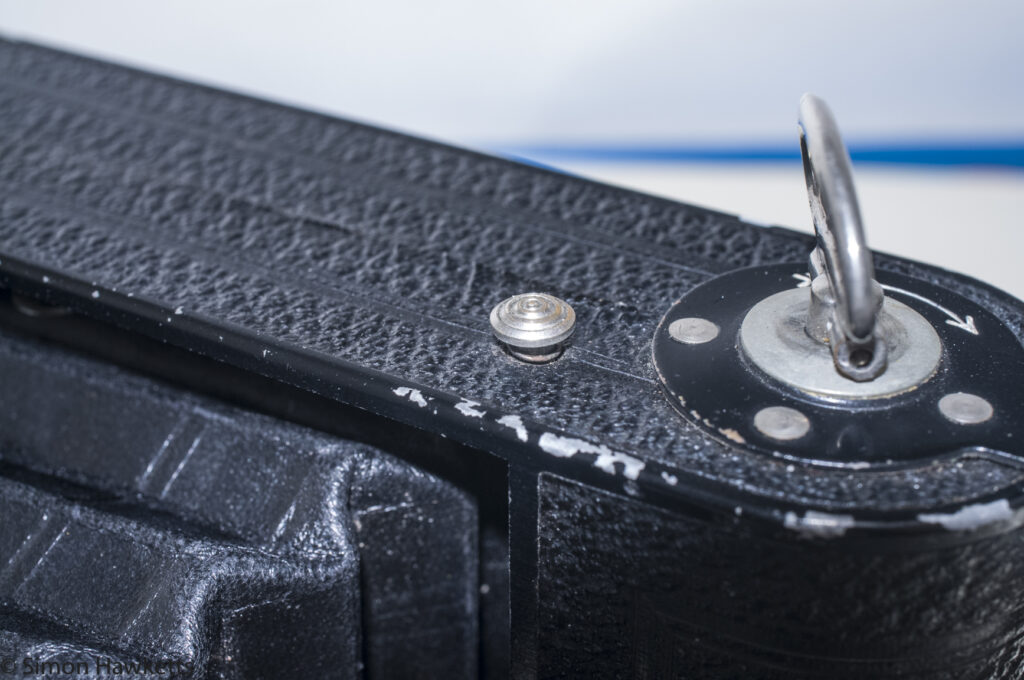
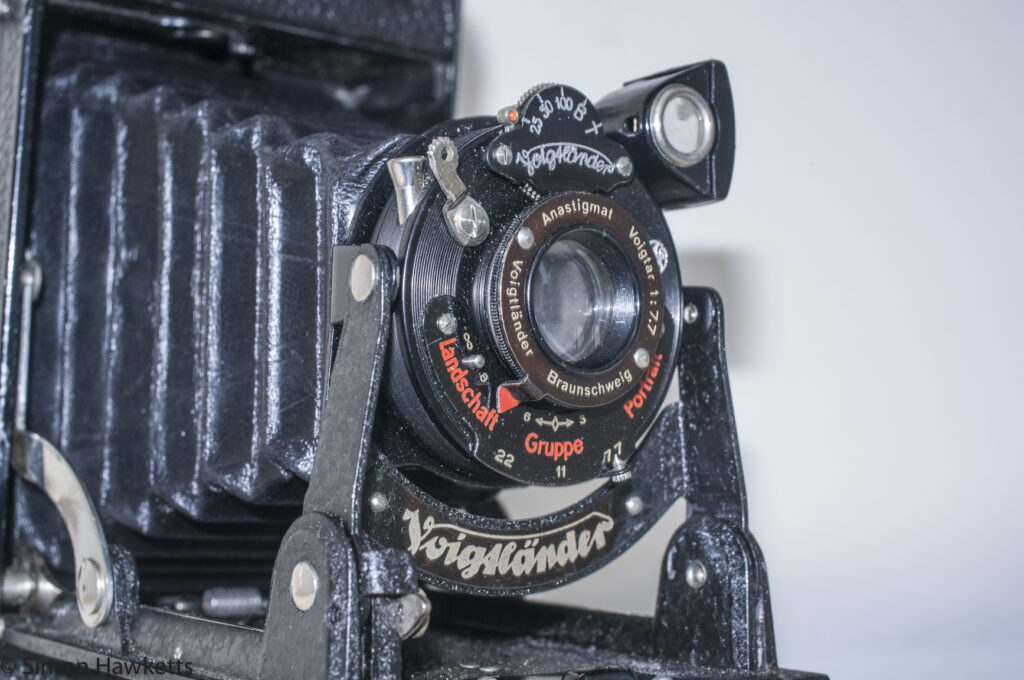
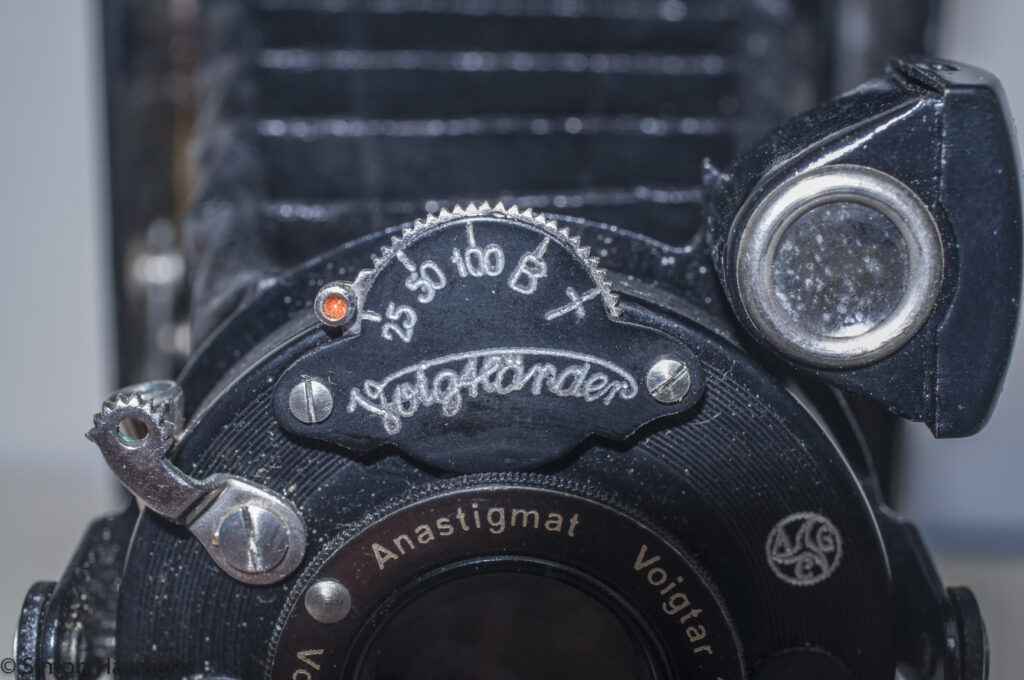
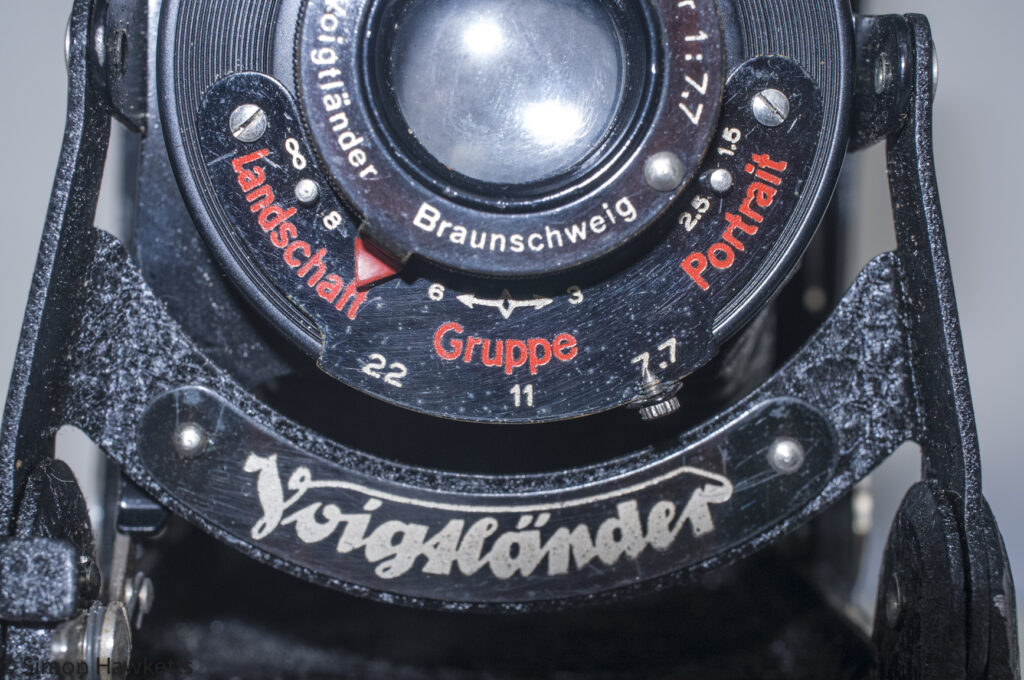
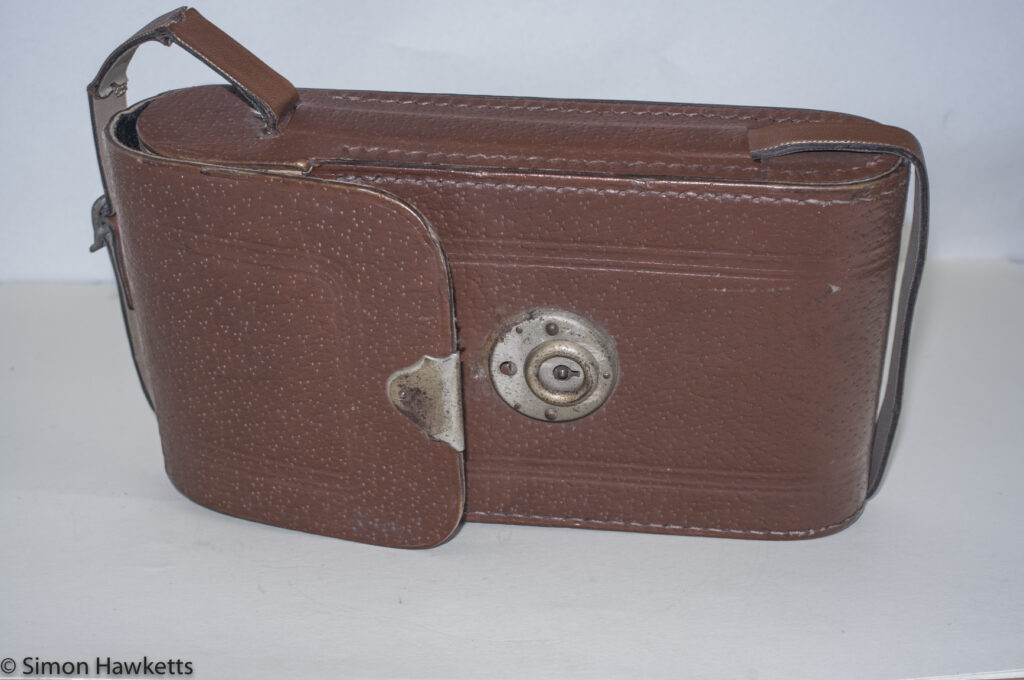
My Voigtlander Bessa camera
This camera was another eBay purchase, although it was a little bit of a blind purchase because the seller described the camera simply as ‘old camera’ and only included two pictures of if. Since both the pictures were fuzzy and indistinct, I couldn’t really make out what the camera make or model was – hence the blind purchase.
Still, it was on sale with a starting price of only a couple of pounds, and in the end I picked it up for £9.60.
When I received it I found it a medium spec., clean camera, with a good quality leather case. The only mechanical issue was the shutter speed dial, which was up against the viewfinder and couldn’t be set to the T position. This was just because the shutter had turned at some point and could be easily fixed by slightly loosening the lens and straightening it.
With that small problem solved, the rest of the camera looks in mostly good shape with light tight bellows, accurate sounding shutter and smooth focus – the lens does look a bit cloudy, but that may clean up without too much trouble.
Voigtlander Bessa Description
The Bessa series was produced by Voigtlander for a long time and took many different forms. I have another in the series, which is a smaller 6×6 camera, but this is the first I have which uses the larger 6×9 format.
The camera which features in this post is one of the earlier examples of the Bessa, and quite a low spec camera for a Voigtlander, having only three aperture settings and 3 shutter speeds.
I believe it was made in the late 1920s or early 1930s, and follows the classic design for a medium format folding camera of that age.
The body is made of thin sheet steel with a back which opens to allow the film to be fitted. Each of the film roll holders are designed to allow easy fitting of the film by way of the bottom holder pulling down giving more room for the roll.
In the back of the camera there is a hole stamped with a red plastic window fitted which acts as the frame counter – the 120 roll film has frame numbers printed on the backing paper which appear beneath the hole in the back of the camera. It has red plastic because at the time the camera was made film was insensitive to red light and therefore a red window meant it didn’t matter if a little light entered the back. (Fortunately the backing paper is completely lightproof, so even today’s colour film can be used in these style cameras without fogging).
On the front of the camera is a door which is released with a small button next to the film wind key. It is a spring-loaded door, so when the button is pressed the door snaps open and the lens and shutter assembly pops out on the expanding bellows. When the door is pulled down fully, it locks in place and the bellows are fully extended. This is the normal ‘taking’ position for the camera.
The shutter fitted has a ‘Voigtlander’ name plate but is almost certainly actually made by Compur, Prontor or one of the other famous shutter manufacturers for Voigtlander.
It has 3 speeds, as I said above, 1/25, 1/50 & 1/100 plus bulb and time and these are set with a round shutter speed dial mounted on the top of the lens/shutter assembly. The shutter release is mounted on the side of the shutter assembly, is a self cocking design and has a cable release socket mounted behind it. With the sort of shutter speeds used with the slow film of the day, it was quite usual to fit a cable release and use a tripod when taking pictures.
Along with the shutter speeds, the other part of the exposure setting, the aperture, is set with a lever at the bottom of the shutter and also has three settings, f/7.7, f/11 and f/22 although without click stops.
The focus is set by turning the lens, and it has a scale calibrated in both meters and with three scene settings, landscape, group and portrait (although written in German).
To compose the scene there is a brilliant finder fitted to the top of the shutter which can be rotated to both landscape or portrait orientation, although in common with most of these types of viewfinder they are pretty difficult to see anything through!
The lens fitted to my example of this camera is a Voigtlander Voigtar f/7.7 lens which is not actually marked with its focal length, but considering the size of the negative produced I would think it is probably about 110 mm. It seems there was another version of the camera available with a slightly faster f/6.3 lens – that is the version shown in the manual I’ve linked to below because I couldn’t find a manual for the f/7.7 version.
Although the lens looks a bit cloudy, I might put a roll of HP5 through this camera to see what sort of results it is capable of because a negative of 6×9 should be pretty good.
Voigtlander Bessa Specification
- 120 format roll film folding camera
- 8 pictures of 6cm x 9cm
- Shutter speeds 1/25, 1/50, 1/100 + bulb & time
- Aperture f/7.7 to f/22 without click stops
- Manual focus + scene guides
- Cable release thread
- Viewfinder rotatable to portrait or landscape
- Spring loaded foot support
- Tripod thread on top and front
- Manual for Bessa f/6.3 available on-line here
Discover more from Everything Vintage
Subscribe to get the latest posts sent to your email.

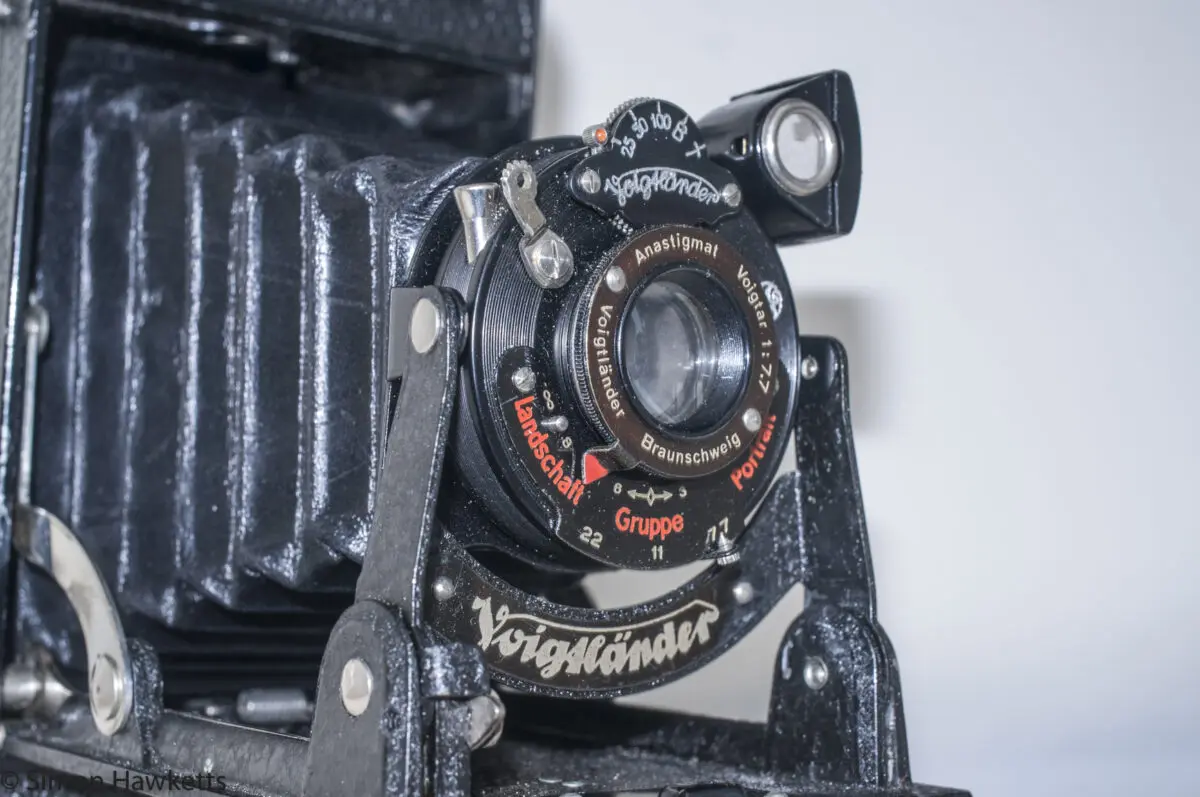

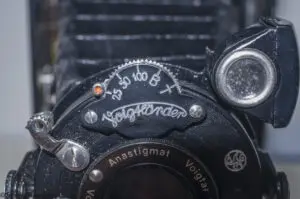
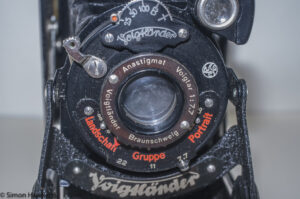
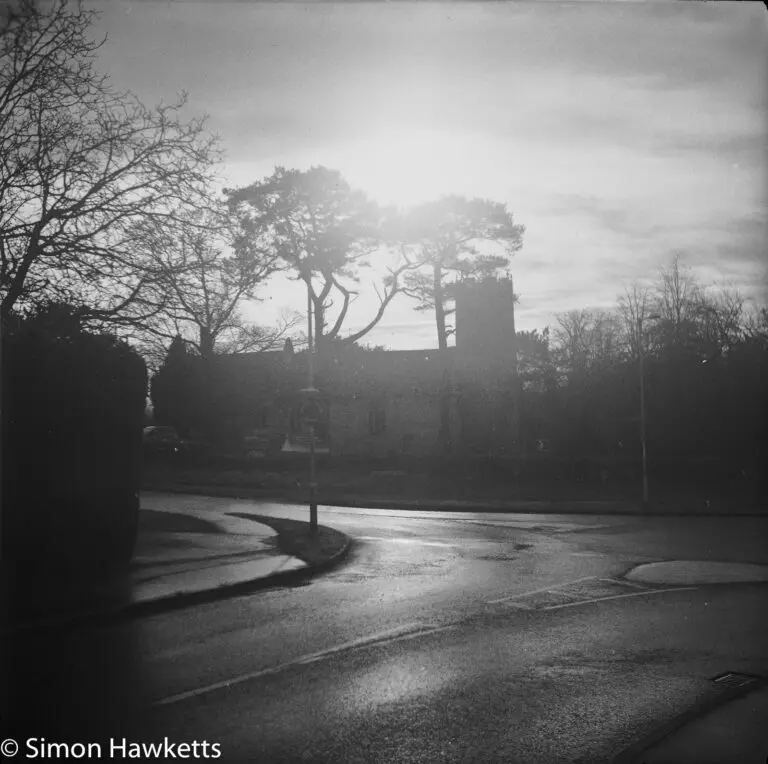
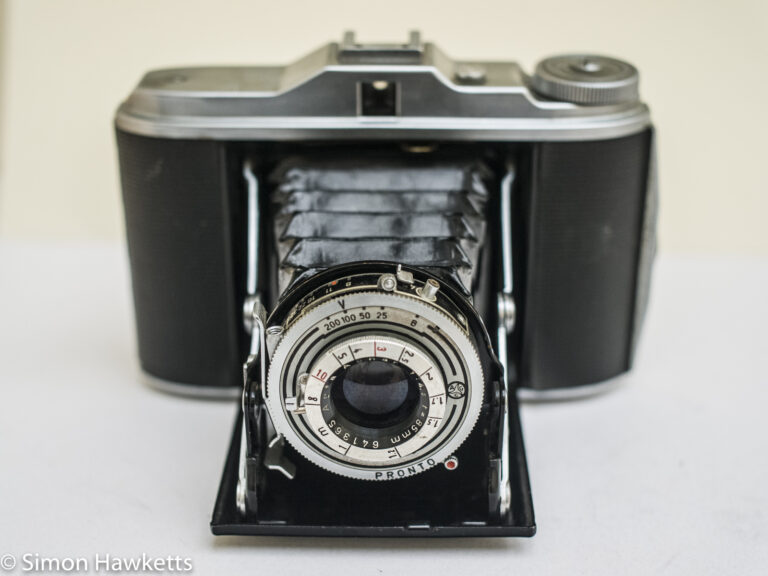
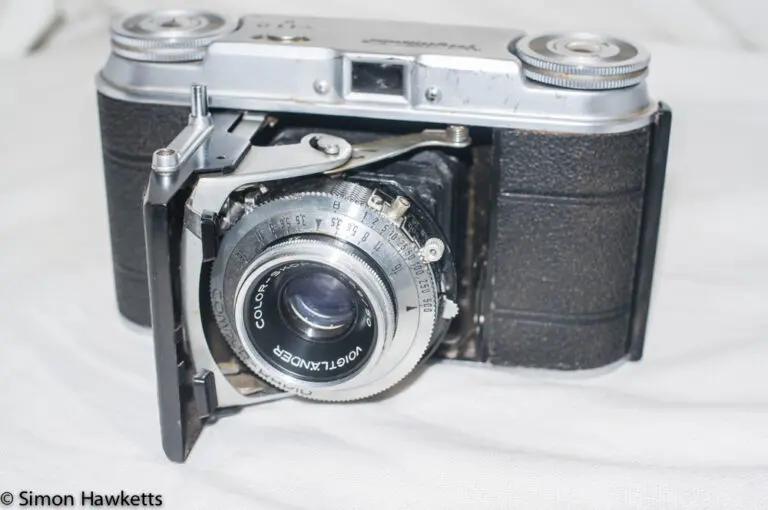
Thanks for all the info. I have a good quality one (7 out of 10 condition) but no info on it.